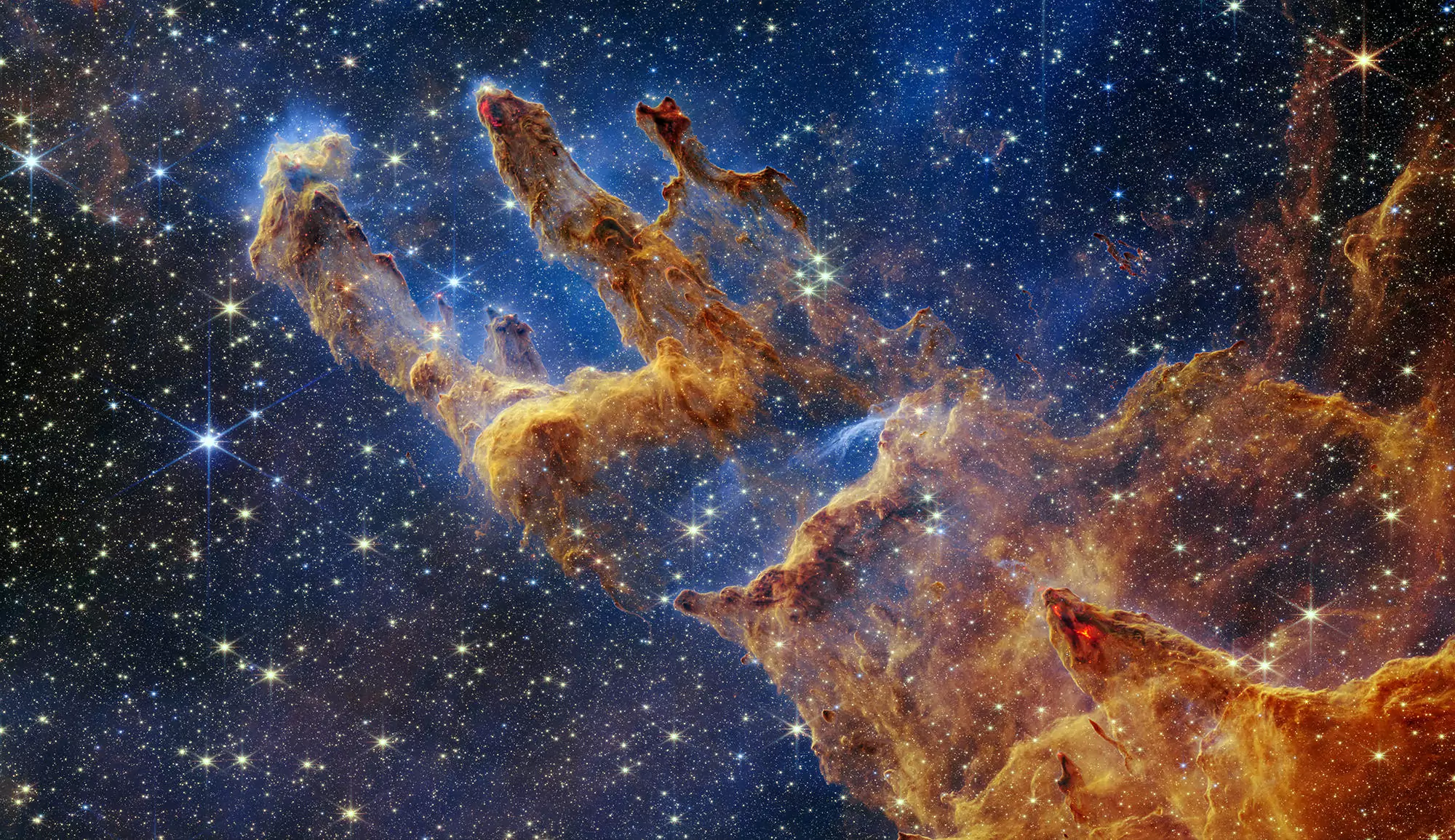
The formation of small bodies in the Solar System, such as asteroids, remains mysterious.
To date, numerical simulations show that the most favourable place for a rapid formation of small bodies is the "ice line", i.e. the place of the disk where water vapour condenses in the form of ice, at a temperature of about 160 K (about -110° C).
But this result is in conflict with the analysis of iron meteorites, coming from the cores of the first small bodies of the Solar System. These meteorites are divided into two groups with different isotopic and chemical properties.
Two distinct rings
A team, including researchers from the Observatoire de la Côte d’Azur, the Observatoire de Paris - PSL and the Institut de Physique du Globe de Paris, has shown, for the first time, that the first small bodies of the Solar System could have formed in two distinct rings :
- One near the silicate condensation line, close to the current orbit of the Earth ;
- The other near the line of ices, near the current orbit of Jupiter.
The first ring of small bodies, of rocky nature and with a total mass of 2-3 times the mass of the Earth, would then have allowed the formation of the telluric planets.
The second ring, composed of ice-rich bodies with a total mass of about thirty Earth masses, would have led to the formation of the cores of giant planets.
The contemporary formation of these two rings of small bodies with different chemical characteristics is in very good agreement with the observational constraints provided by the iron meteorites.
It also shows that the process of planetary formation started very early in the solar nebula, at the same time as the formation of the Sun, while our Solar System was still supplied with materials by the interstellar medium.
Reference
- This work is the subject of an article that was published on December 22, 2021 in a Nature astronomy Letter under the title : Contemporary formation of early Solar System planetesimals at two distinct radial locations - Nature astronomy by A. Morbidelli, K. Baillié, K. Batygin, S. Charnoz, T. Guillot, D. C. Rubie, T. Kleine
DOI : https://doi.org/10.1038/s41550-021-01517-7
Translated with www.DeepL.com/Translator (free version)

